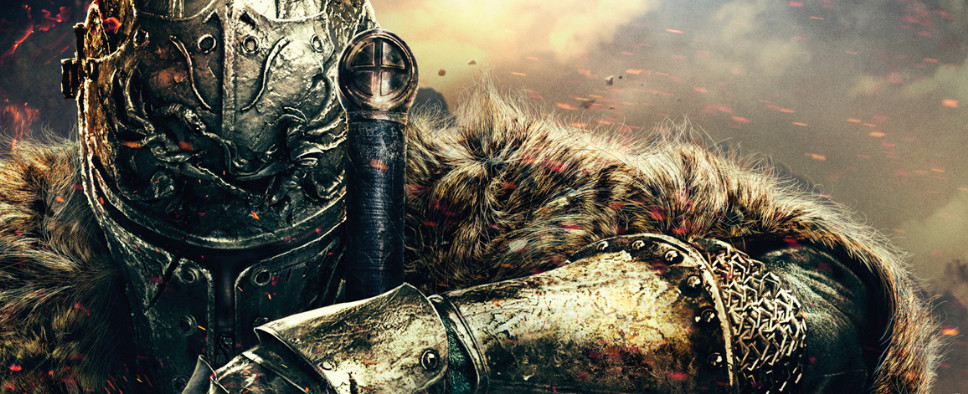The Secrets of Dark Souls Lore Explained and Explored
-
Category: News ArchiveHits: 1706

This new editorial on Eurogamer provides a fascinating and detailed analysis of the lore, narrative structure, and storytelling elements that From Software has injected throughout their popular Dark Souls series, but since it contains various references to moments that transpire in the RPG trilogy, it's worth tossing out a spoiler alert before I quote from it. A snip:
A starting principle with Dark Souls' narrative techniques is that familiar words are used as disguises. We all have a sense of meaning for what a soul is, for what humanity might be, but these terms in Dark Souls have a specific meaning which must be reverse-engineered out of what we are told and can observe. This is one of the ways Dark Souls gradually constructs meaning: things like a unit of currency are often arbitrary in video games, but here the economic role of Souls ties into the larger cultural and economic systems of Lordran. We as a player collect souls, use them to gain more power and buy things, and therefore in this brutal landscape it makes sense that souls are desired not just by us, but by others. Souls are an object of obsession for many characters and, in the case of the Lord Souls, worship. There are coins in the game which have no value in Lordran, just to drive home the point.
This doesn't mean everything can be explained - this is still a fantasy game about dragons and gods that features, among other examples, a talking cat and a sentient, courtly mushroom. But the point is not the believability of individual details so much as their fitting within a larger context where each supports the other - a coherent world. One of Dark Souls' most iconic aspects is the bonfires that dot Lordran, for example, and their function as a checkpoint/respawn for the player. How could this mechanical necessity be a part of the lore? If we briefly digress on Gwyn, the mythology's central figure, even elements like this are explained.
...
Artorias was a knight of Gwyn, and did go to Oolacile to fight the Abyss, but instead of a hero we find a corrupted figure - one arm broken, the Abyss seemingly seeping from his body, he nevertheless heaves his greatsword against us and moves with incredible grace and power. This is a tremendous boss fight, one of the best the Souls series has produced, and so gives us another narrative angle on Artorias - THIS is why he's a legend - while undercutting almost everything we already know.
After the fight we can see the trail of blood left by Artorias as he fled the Abyss, speak to his companion Hawkeye Gough, and press on to discover for ourselves what felled him. We find a young Sif in the Abyss, hidden and protected by Artorias' abandoned greatshield, and discover coalescing humanity sprites that simply try to crowd and 'touch' the player rather than attacking - which is deadly and a great counter for an unbendable will of steel. And then we face and conquer Manus, the source of the Abyss, and do what Artorias couldn't.
The legend of Artorias was thus just that - a legend, based on the player's own actions but obscured from history. This is not some moment of triumph for the player, so much as the usurpation of a hero - and a wider clue about the reliability of myth. Ingward didn't lie to us, he didn't know. Sif guards Artorias' grave because it holds the ring required to traverse the Abyss - and she's seen what it will do to any successor.

